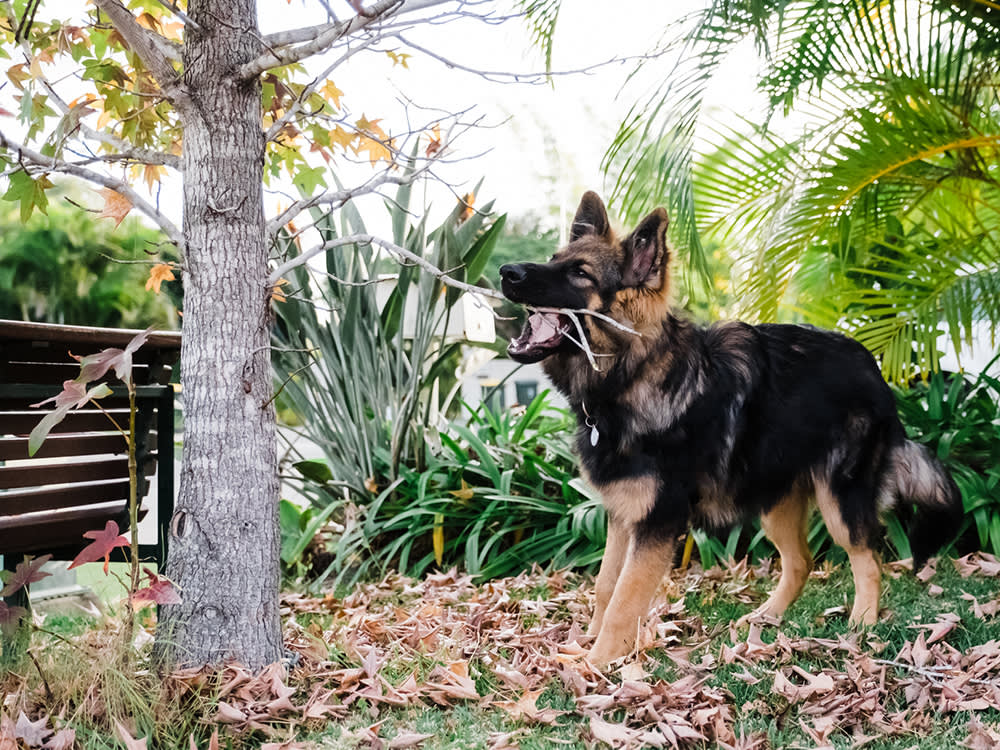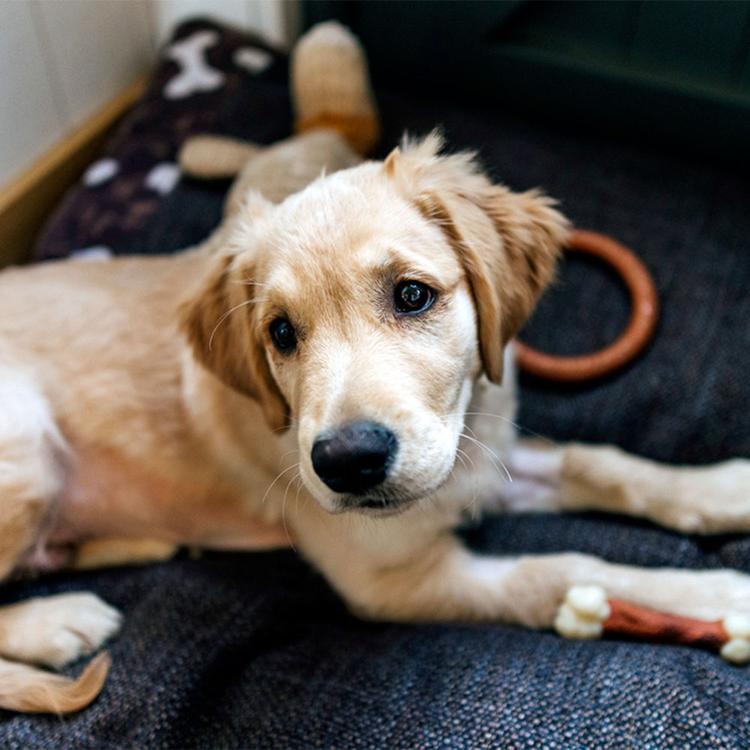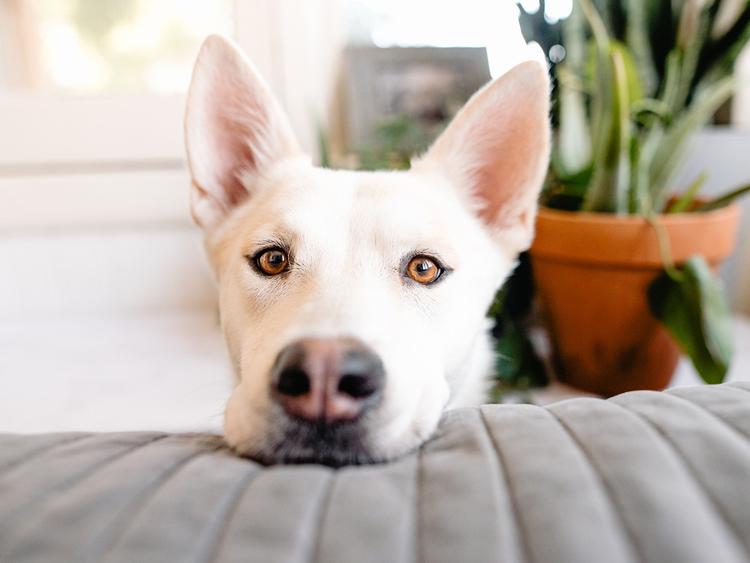Golden Retriever Teenage Phase Explained
Here’s what you need to know about the developmental stages of puppy behavior.
Here’s what you need to know about the developmental stages of puppy behavior.
by Kelly Villa, | July 25, 2024

Blue Bird / Pexels
So, you have a “teenage” Golden Retriever. “Who is this wild, disobedient monster, and where did my sweet puppy go?” you may be wondering. But not to fear. Here’s what to expect from your Golden Retriever’s teenage phase — and how to handle it.
While many people group all of the Golden Retriever puppy behavior stages together, all young dogs actually go through two separate phases before adulthood: the puppy stage and the adolescent stage. Dogs are considered puppies from birth until they’re six to eight months old. The next phase of their life, between six and eight months until about the age of 18 months to two years, is adolescence.
While the puppy stage usually gets the most attention for its difficulty, many pet parents find the adolescent stage even more challenging. During this phase, it’s completely normal for your dog to experience behavioral changes, including:

What to expect when your perfect puppy hits that unruly stage.
An independent streak. Adolescent dogs are ready to explore the world around them, and since Golden Retrievers are a naturally smart, high-energy breed, you’ll likely notice your teen Golden Retriever wander more than they may have as a puppy.
Training regression. No matter how hard you worked on training with your puppy, as soon as they hit adolescence, get ready for them to seemingly forget everything they once mastered. This is a common and usually temporary phenomenon.
Increased fearfulness. In this phase, many dogs go through a fear period, during which they may seem more skittish or react fearfully to things that never bothered them before. This period helps your dog learn how to be cautious and, therefore, safe.
Conflict with adult dogs. Plenty of adult dogs indulge or at least ignore adolescent dogs, who tend to test boundaries by nipping their body or trying to play when the adult is not interested. Most young dogs learn what behavior is and is not allowed with other dogs this way, but it’s always a good idea to monitor your adolescent dog around an adult dog for their safety.
The best way to approach handling your Golden Retriever’s behavioral shifts is to understand that these changes are typically short-lived. Your dog is experiencing a growing awareness and curiosity about the world, and remaining calm and patient during this time is crucial for your relationship and your dog’s wellbeing.
One way to manage a rambunctious adolescent is to increasingly engage your dog with activities such as training sessions, exercise, or mental challenges like puzzle toys to redirect their energy and promote healthy development. These activities not only help distract them from mischief but also contribute positively to their mental and physical development.

Kelly Villa is a freelance writer and contributor to various pet publications.

Behavior & Training

Behavior & Training

Behavior & Training


Behavior & Training
Worried about your dog’s sudden fear of the outdoors? It’s a common concern. Here’s how to help them overcome their anxiety.

Adoption Advice
Getting ready to adopt a new puppy? Download our guide to help you prepare for the arrival and first few months with your new puppy

Adoption Advice
Adopting a new puppy? We've created a checklist to help you get organized before bringing your new friend home.

Behavior & Training
Is your dog getting zoomies at night? Here are some tips to manage their hyperactivity.

Adoption Advice
Learn what a rescue dog is and why these pups make the best buddies.